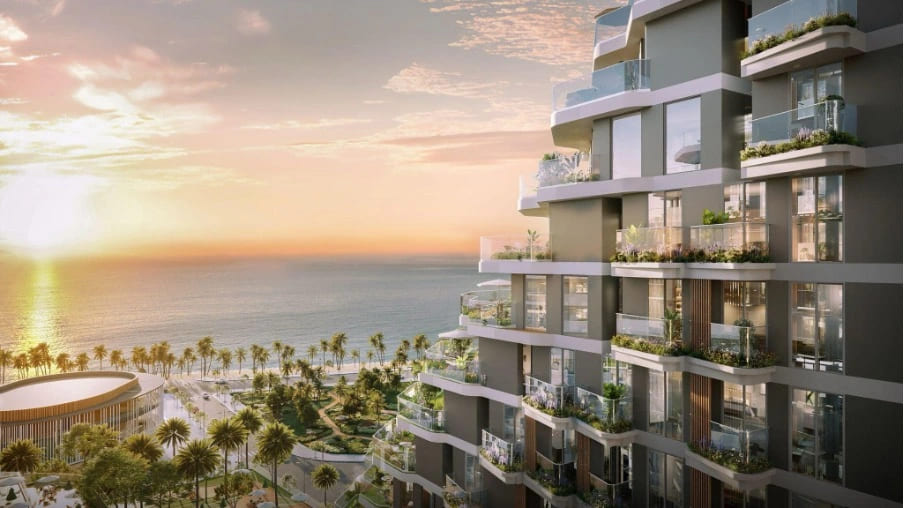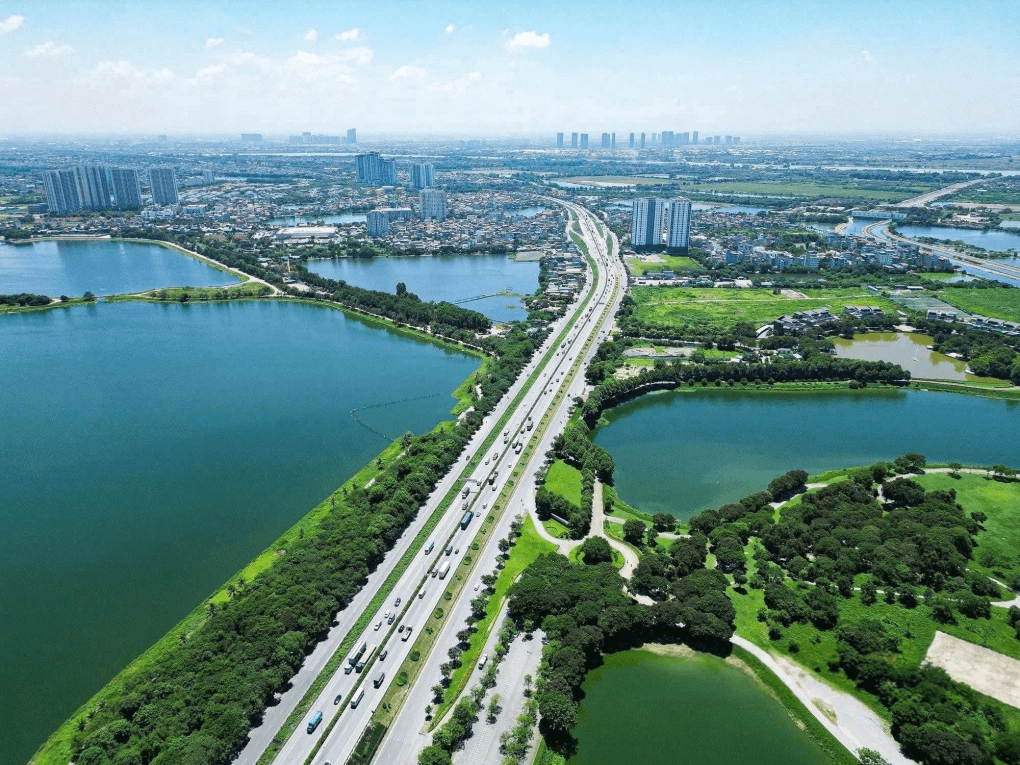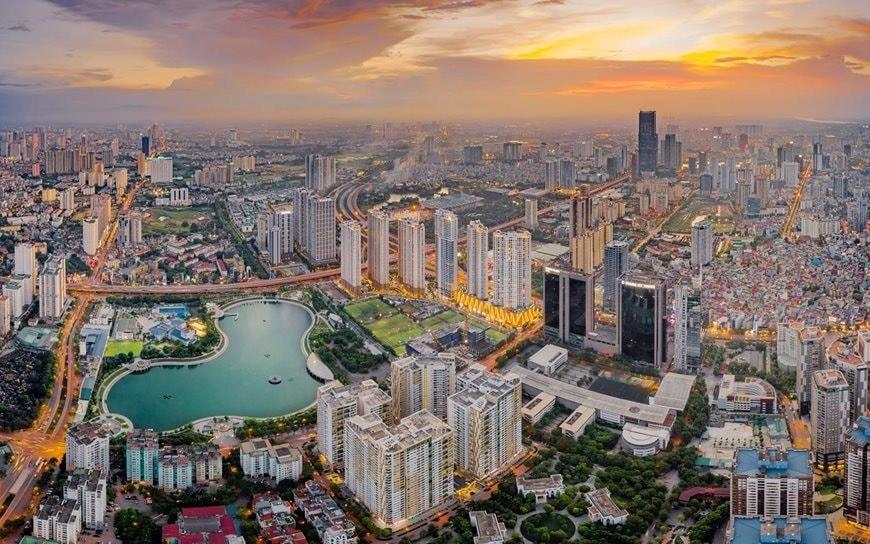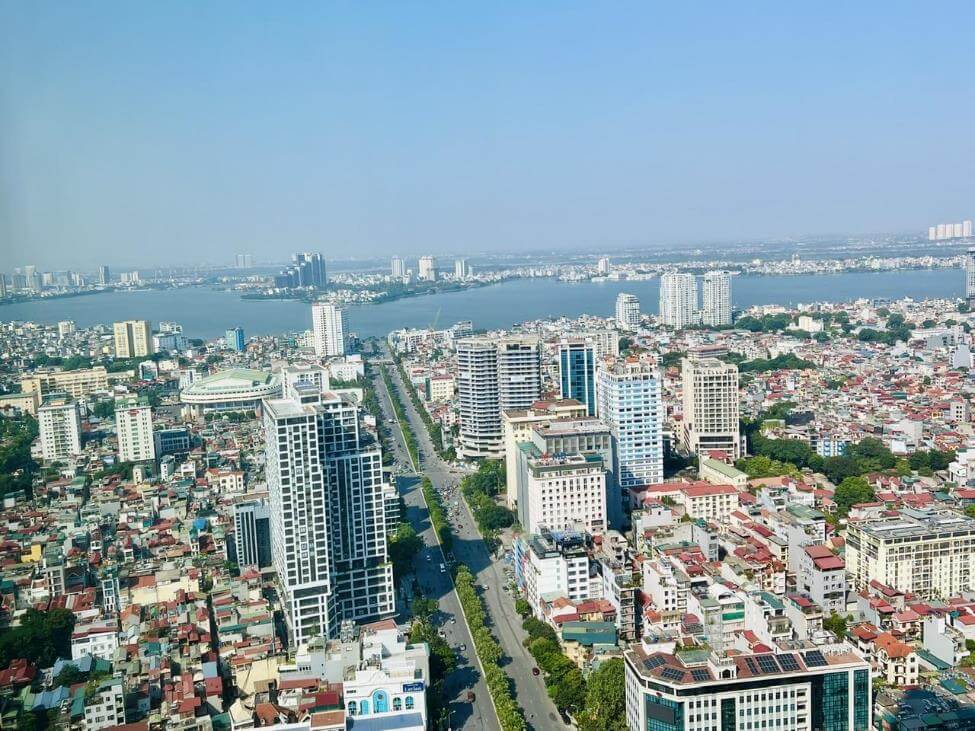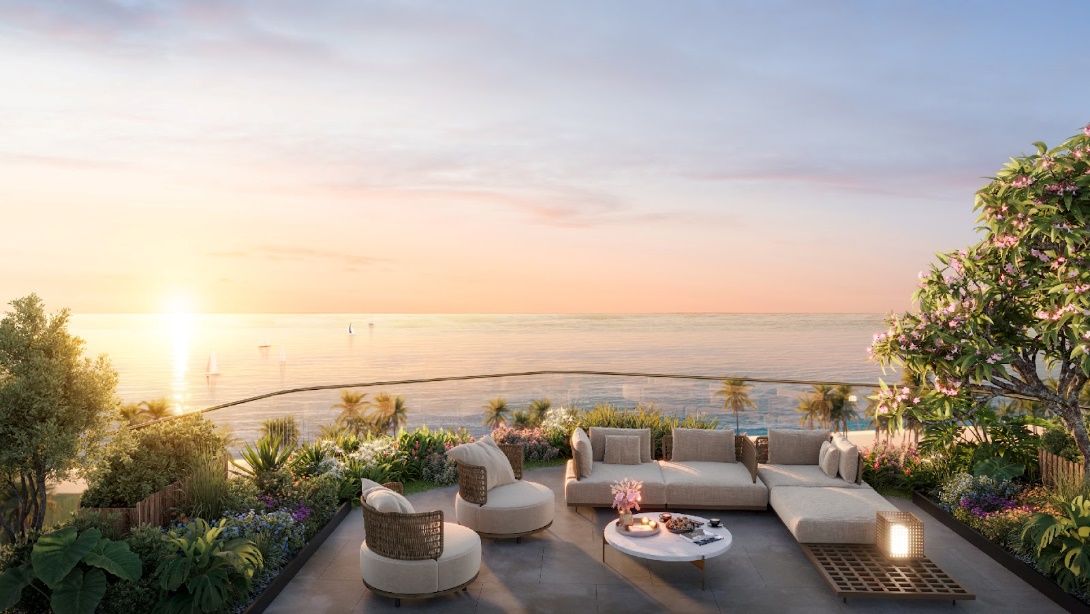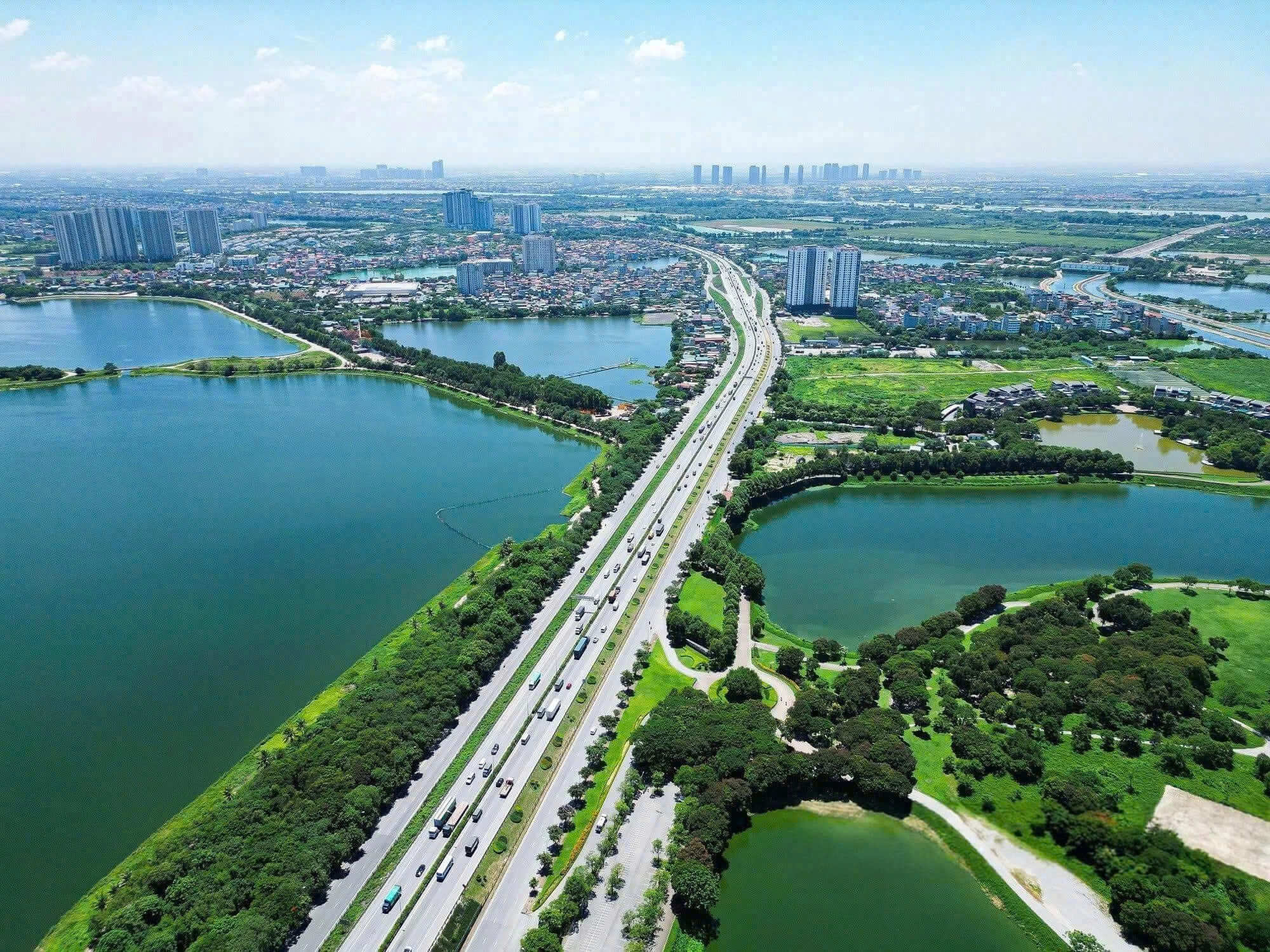A series of real estate projects have landed in the West and East of Hanoi in recent times, making the story of infrastructure development in this area bustling with media waves and project sales.
In comparison, the number of projects launched in the South of the capital is not much, so the story of infrastructure is “not too noisy”. But within the market, the infrastructure planning in the South is still changing strongly and sustainably with great potential in the long term.
The inter-regional transport network has developed remarkably
The South of Hanoi has been gradually building a solid infrastructure foundation, creating a solid tripod, balancing the “battlefield” of Hanoi’s urban area and ready to enter a new breakthrough cycle.
In fact, in just over a decade, the infrastructure in the South has had spectacular breakthroughs, with incredible connectivity and spillover effects. The South area affirms its strategic position when directly connecting to the central area and neighboring provinces through the vital traffic network. The completion of Ring Road 3 – especially the elevated section from Linh Dam to Mai Dich has opened a new “blood vessel” for the capital’s traffic. Not only shortening travel time between gateways, this route also acts as a radial axis, connecting the East – South – West – North infrastructure network of Hanoi, creating a strategic traffic corridor for both freight and passenger transport.
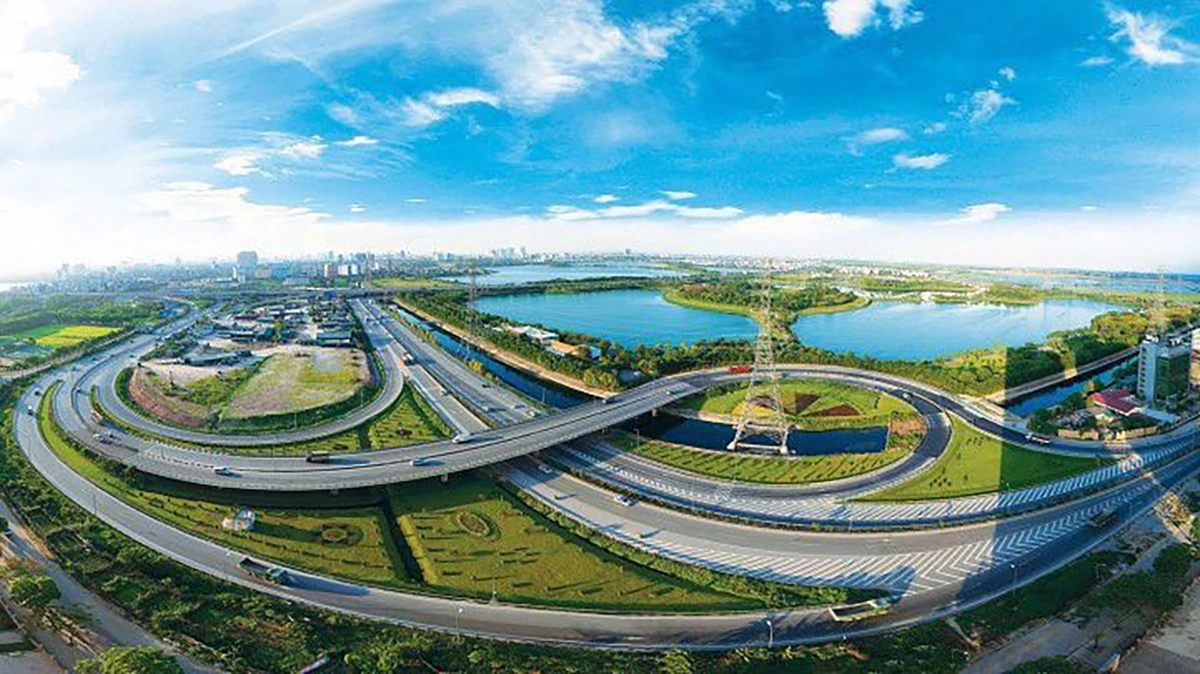
Traffic infrastructure in the South of Hanoi accelerates dramatically
If Ring Road 3 helps the South connect to the inner city quickly, the Phap Van – Cau Gie expressway is the gateway of the capital, helping to shorten travel to the southern provinces such as Ha Nam, Ninh Binh, Thanh Hoa… Also from the key point of the gateway In the South, Giai Phong – Ngoc Hoi route acts as the main axis so that people can conveniently go to the city center.
In addition to existing roads, the upcoming expansion project of Ring Road 4, when completed, will help reduce traffic pressure in the area. In particular, Ring Road 4 is expected to be one of the main backbone routes of the Capital Region’s traffic network, connecting all 7 expressways in the Northern region and contributing to promoting trade between suburban areas and the center of Hanoi. Notably, the Urban Railway No. 8 project (Son Dong – Duong Xa section) is expected to pass through Thanh Tri area, helping to strengthen the connection between the South and the inner city districts.
Not only planning the backbone routes, a series of routes are being invested in and expanded such as: the project to build an underpass at the intersection of Ring Road 2.5 – Giai Phong, expanding Tam Trinh Street (40m), the road connecting to Yen Duyen alley, expanding alley 885 Tam Trinh… are expected to bring a new look to the traffic map, while increasing the value of real estate in this area.
Urban vision of the era
The advance traffic infrastructure has opened up a new development space for the South. The social infrastructure system is strongly invested. This is an area that concentrates many key projects in healthcare, education, commercial centers, etc.
Key hospitals also shape an important medical corridor, promoting residential needs, while creating momentum for the development of ancillary services.
The education system of the Southern area is also a bright spot in forming a modern, high-quality training network in the country.
Regarding entertainment facilities, Yen So Park is a “green lung”, creating a balanced living space for the area and becoming a famous destination for people in the South in particular and the capital in general.
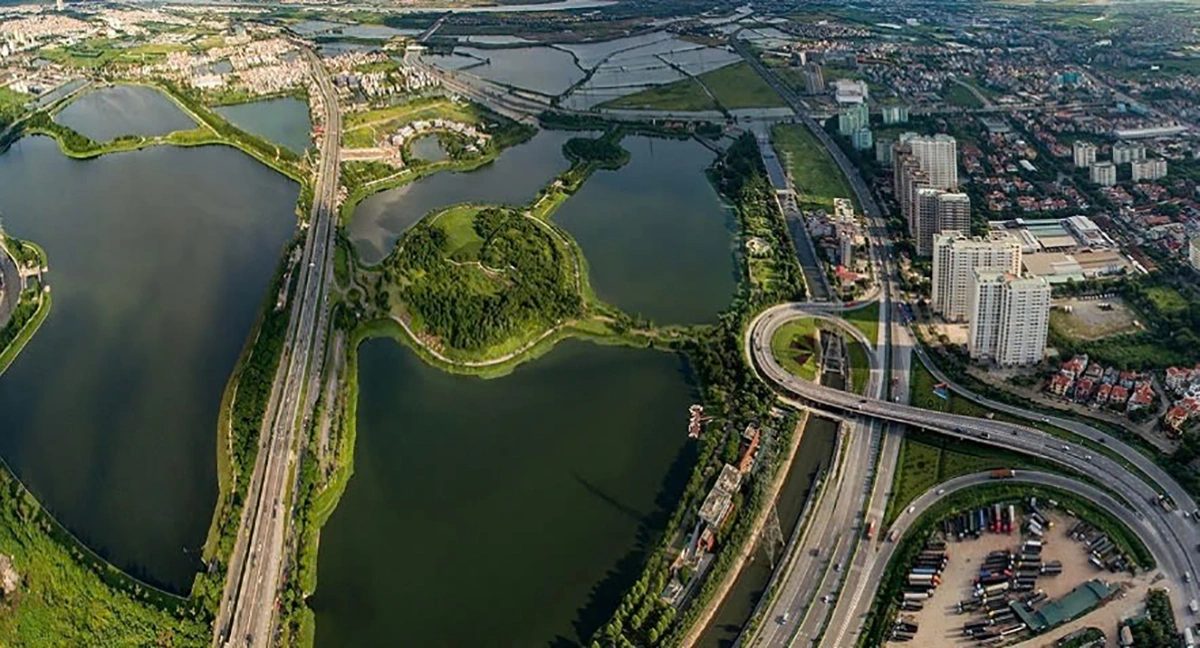
Real estate in the South of Hanoi is on the rise
The momentum of the South does not stop there. The driving force for the regional economy also comes from the general planning. The project to adjust the general planning of Hanoi Capital to 2045, with a vision to 2065, has oriented the construction of the second airport of the capital in the Southern region. The second airport will be a boost to the economic potential of the region, creating momentum and a foundation to promote dependent industries such as tourism, logistics, import and export or service groups… to go further. At the same time, Hanoi proposed planning for the Southern city after completing the construction of this airport. The formation of the Southern urban area aims to build a comprehensive transportation service center for air, rail (national railway, North-South high-speed railway, urban railway), waterway (Red River) and highway (Phap Van – Cau Gie, National Highway 5B – Northwest).
The synchronous development of transport infrastructure, social facilities and urban planning is creating a runway for real estate in the South to take off. The value of real estate in the South has maintained a stable growth rate, the breakthrough momentum is more evident in areas with complete transport infrastructure. For example, Nguyen Xien, Phap Van, or Thanh Tri routes have been witnessing impressive price increases, thanks to the ability to connect conveniently and benefit from an increasingly complete utility ecosystem.
The stable growth of the market has created a “peace of mind” for both real buyers and investors when investing in this area. Experts say: “Real estate value is always linked to location, amenities and infrastructure, both technical and social infrastructure. Looking at the above criteria, we can see that the southern area of Hanoi has many great advantages, both existing and potential.” When the price level is not “dancing”, stable in growth and possessing great driving forces, it will promote price resilience in the future.


